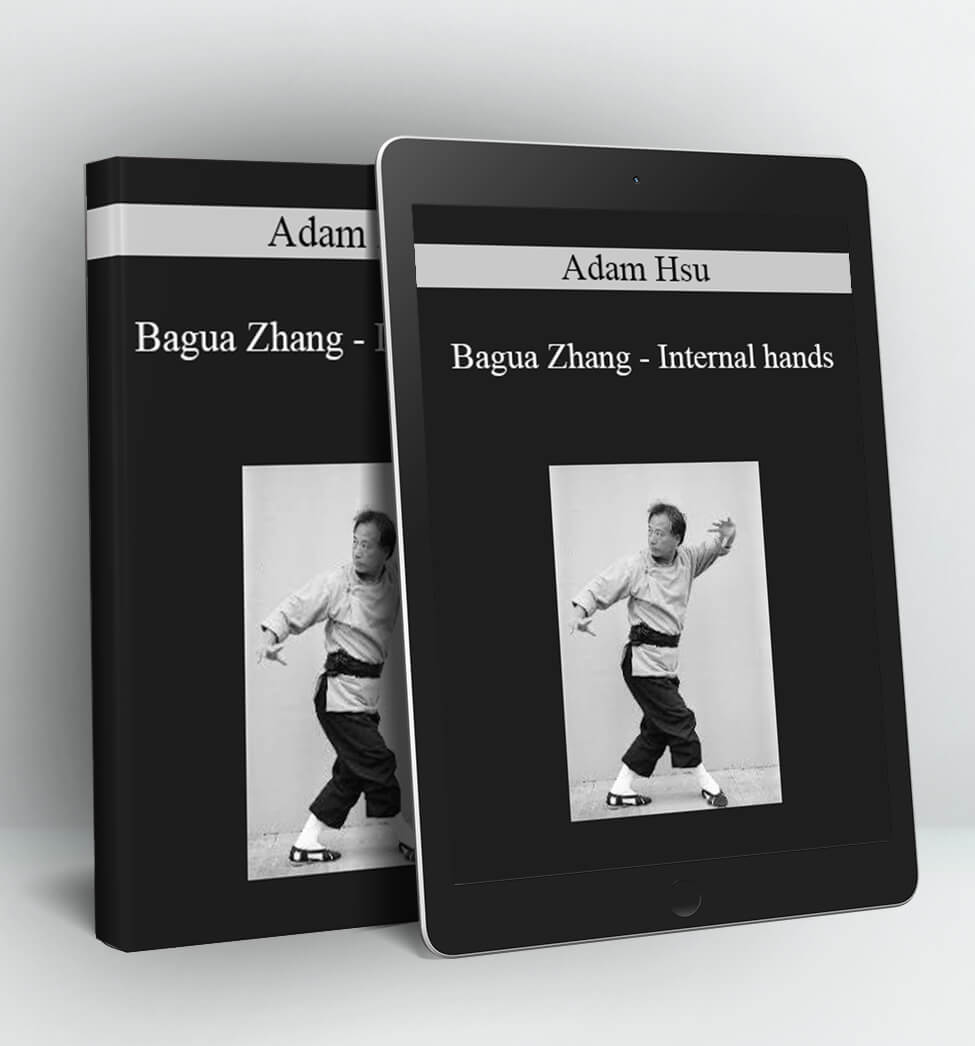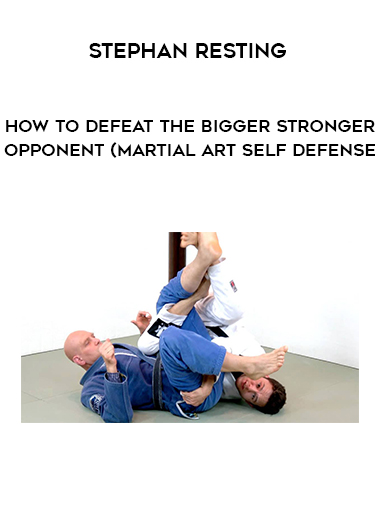
Bagua Zhang – Internal hands – Adam Hsu
Adam Hsu – Bagua Zhang – Internal hands
ADAM HSU Master
Adam Hsu was born in Shanghai, China in 1941. In 1949, his family moved to Taiwan, where he spent twenty-five years studying with the most respected kung fu masters. His principal teacher was the renowned Grandmaster Liu Yun Chiao.
Master Hsu earned a master’s degree in Chinese literature at Taiwan Normal University, one of several prestigious institutions where he taught both kung fu and Chinese literature. He has held many honorable positions, among them the General Secretary of the National Kung Fu Federation of Taiwan, Instructor to the Republic of Liberia, and Member of the Republic of China National Kung Fu Delegation. He is the former editor and publisher of Wu Tang Martial Arts Magazine, and a past senior editor of the Kung Fu Library of Wu Chow Publishing Company, the largest publisher of kung fu literature. He’s published several books in Chinese, and over a hundred articles in English, Chinese, Japanese, Spanish, Italian, Russian, and German. Also, he has been featured on the covers of more than eighteen magazines throughout the world. More recent honors include Black Belt Hall of Fame, Black Belt Instructor of the Year, AAU National Senior Advisor, and honored President of the International and Six-Harmony Praying Mantis Associations.
In 1990, he founded the Traditional Wushu Association, a non-profit, international organization dedicated to the preservation, perfection, and promotion of traditional Chinese martial arts. He is the author of Sword Polisher’s Record, a seminal work in English on the roots and realities of traditional kung fu. His two volume “Essays on Chinese Martial Arts” (Chinese language edition only) are considered classic works on kung fu. He and his students have participated in numerous performances and workshops both in America and abroad. Master Hsu’s coaches are trained to combine modern teaching methods with the traditional training and techniques of our kung fu styles. Master Hsu’s kung fu instructional DVDs are now available in English language editions.
In 2000, the founder of Taiwan’s famed Cloud Gate Dance Theater, Mr. Lin Huai-Min, invited him to become a coach for the troupe. His work to inject the basic principles of traditional Chinese wushu into the bodies and psyches of the dancers was so successful, that he was then invited to create a childrens wushu training program. This program has been implemented in many of the Cloud Gate schools throughout Taiwan.
In 2006 Sifu Hsu was awarded the Taiwan Government’s Cultural Award for his lifetime contributions to the traditional Chinese art of kung fu. Lone Sword Against The Cold Cold Sky, his most recent English language book was published in early 2007. Sifu Hsu currently resides in Taipei, Taiwan. He continues to teach seminars and classes in the U.S. as well as Taiwan, Japan, Germany, New Zealand, and other countries. BA GUA ZHANGBagua Zhang or the eight-diagram palm is one of the most popular schools in China. It is also called Youshen Bagua (roving eight-diagram), Longxing Bagua (dragon-shaped eight-diagram), Xingyi Bagua (Xingyi eight diagram Chuan), Yinyang Bapan Zhang (positive-negative eight-plate palm), etc. There are different stories about the origin of this school of Chuan.
Some say it originated among the anti-Qing Dynasty cliques while others believe that it was created by the two Taoist priests of Bi Yun and Jing Yun on Mount Emei in Sichuan Province during the late Ming Dynasty and early Qing Dynasty and it has been passed down to its ninth generation of practitioners. Most of Bagua Zhang boxers are found in Hebei Province. Some of them learned Bagua Zhang from scratch from their tutors, while others asked the masters for advice to improve their own skills. Over the years various routines of exercises were cultivated in different styles.The most popular ones are:The Dong Haichuan-style Bagua Zhang. A native of Zhujiawu, south of Wenan County in Hebei Province, Dong played an important part in the dissemination of the eight diagram plam, teaching many people in Bei-jing. Most reputed disciples of Dong included Yin Fu, Cheng Tinghua, Liu Fengchun and Li Cunyi who all contributed to the dissemination and development of the Chuan style. Some of the eight-diagram palm styles are named after these disciples, for example the Yin-style, Cheng-style, Liang-style and Sun-style eight-pictography palms.
The Li Zhenqing style of Bagua Zhang or the positive-negative eight-diagram plam Li (a.1830-1900), a native from Weijiaying in Hebei Province, went to Henan Province to learn the positive-negative eight-diagram palm in order to improve the Chuan techniques which he had already mastered. After returning home in about 1870, Li taught his skills to his villagers. A follower of Li Zhenqing, Ren Zhicheng wrote a book on the Yinyang Bapan Zhang (positive-negative eight-plate palm) in 1937 and the book has been passed down.
The Tian Ruhong style of Bagua Zhang. Tian, whose style of Chuan is called the Yinyang Bagua Zhang (positive-negative eight-diagram palm), was a native of Shandong Province, but later moved to Dengshangu Village at Tanggu in Hebei Province in the late Ming Dynasty.
On a tour of Emei and Qingcheng in Sichuan Province, Tian saw wrongdoings and volunteered to do justice. When he was in danger, two Taoist priests rescued him. After the incident, Tian Ruhong acknowledged the priests as his Wushu tutors and followed them for 12 years mastering their style of martial arts. When the Ming Dynasty gave place to the Qing Dynasty, Tian said good-bye to his tutors and returned home. Due to his resentment of the autocracy of the local authorities in the Qing Dynasty, Tian left his home village once again and took with him a youngster called Tian Xuan.
Years after, Tian Xuan came back to teach the eight-diagram palm to Tian family members. In the beginning, this style of Chuan was known only among Tian family members. It is only in recent times that it has been taught to others outside of Tian family.
Access Download Bagua Zhang – Internal hands – Adam Hsu right now!
Delivery Method:
After your purchase, you’ll get access to the downloads page. Here, you can download all the files associated with your order.
Downloads are available once your payment is confirmed, we’ll also send you a download notification email separate from any transaction notification emails you receive from Coursedownloads.




